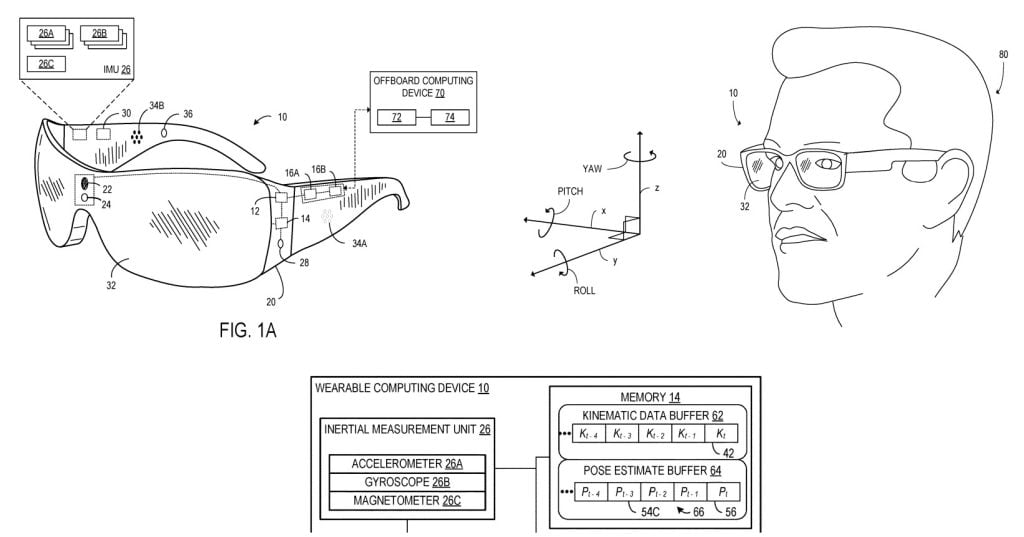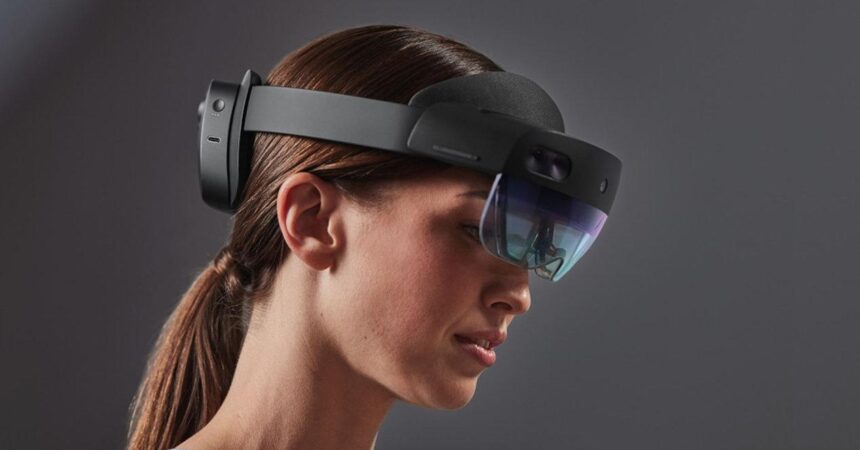Microsoft remains committed to developing smart glasses that run on Windows or Windows Holographic OS. Despite pausing its Mixed Reality business, the company continues to explore smart glasses powered by Windows and AI, such as Copilot. Several new patents have been discovered that indicate ongoing efforts in this direction.
A series of patents show that Microsoft is still interested in augmented reality
The USPTO published patents titled “Composite Pose Estimate for Wearable Computing Device” and “Resolution Enhancement in Spatial-Frequency Space” in February and March, respectively. These patents suggest that Microsoft is working on smart glasses that are more geared toward the average consumer than the HoloLens, a holographic device.
One of the patents, filed in November 2023, describes a system that uses an inertial measurement unit (IMU) to collect kinematic data. Machine learning models process this data to estimate current and past velocities. This technology enables Microsoft’s smart glasses to determine the position of nearby objects with high accuracy, even in low-light environments or when surrounded by many objects.

The second patent, filed in September 2022, describes a new camera system that enhances image resolution. It uses a lens array and an imaging engine to focus light from the subject onto the sensor, allowing for high-resolution image capture. This approach is similar to that of Ray-Ban’s Meta glasses but with the promise of superior results.
Although patents don’t guarantee the arrival of new devices, they indicate that Microsoft is still innovating in the field of smart glasses. The company has filed more patents for AR glasses than ever before, showing a sustained interest in this technology. However, for now, Microsoft seems to be concentrating more on cloud technology.





